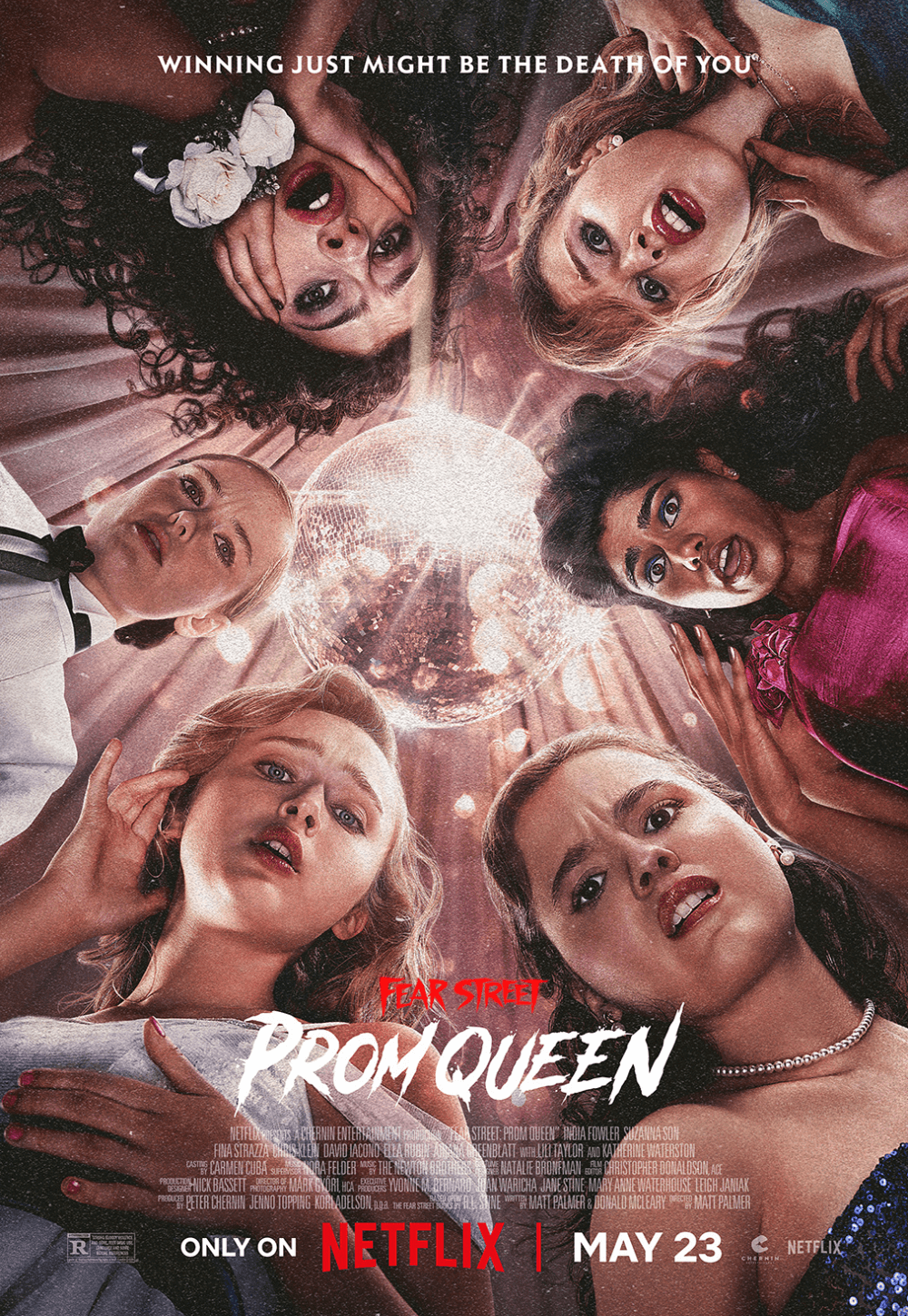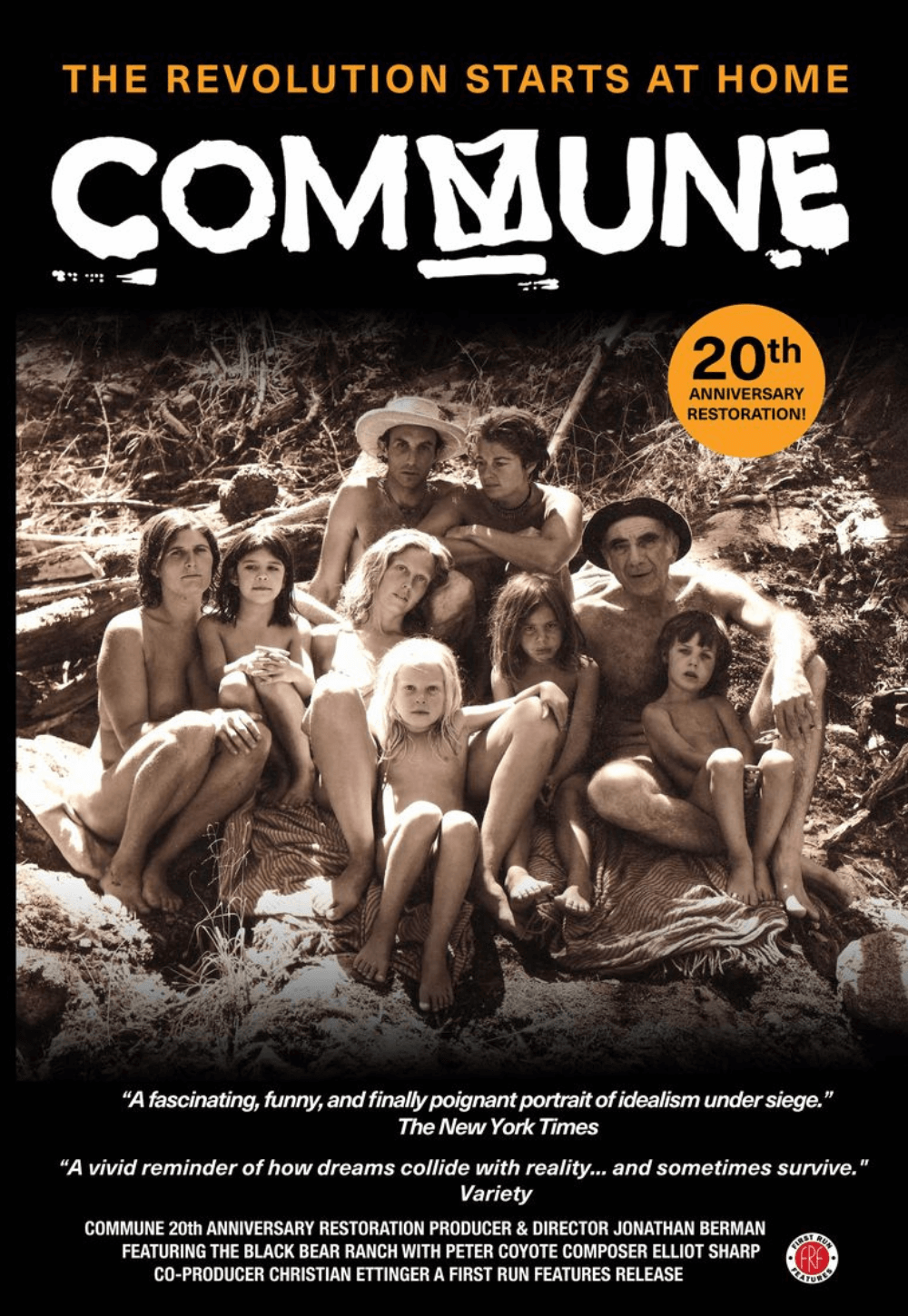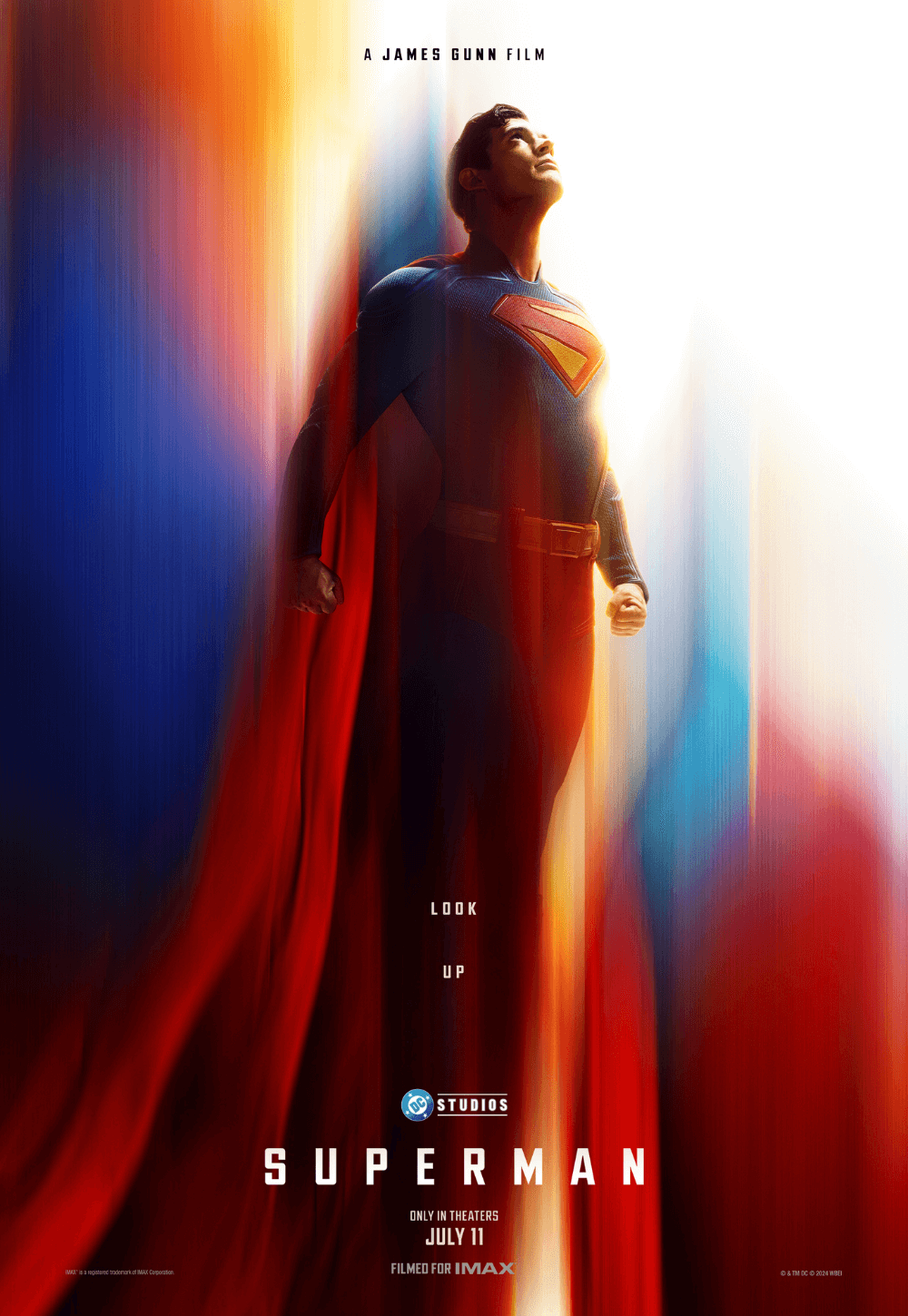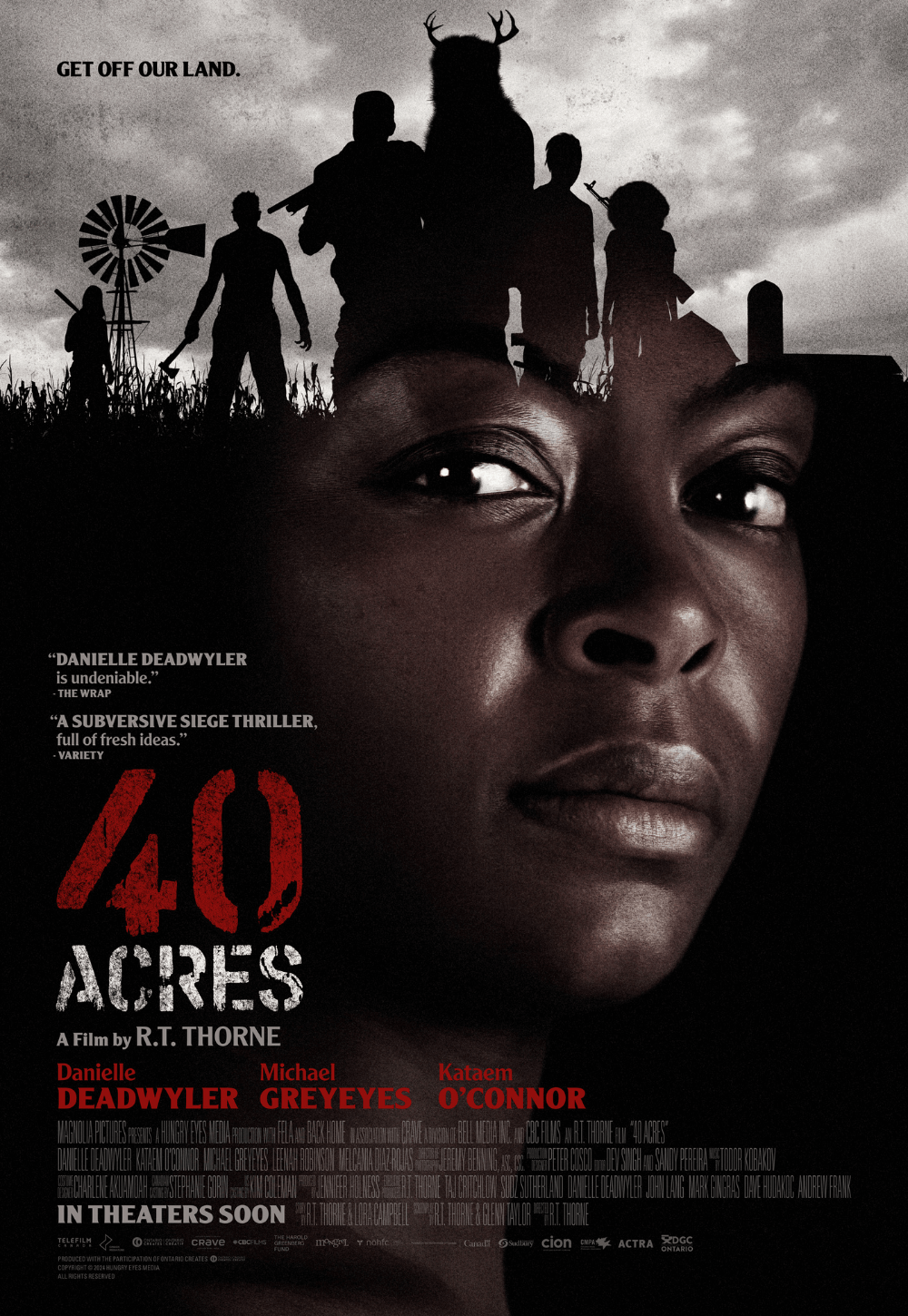Reader's Choice
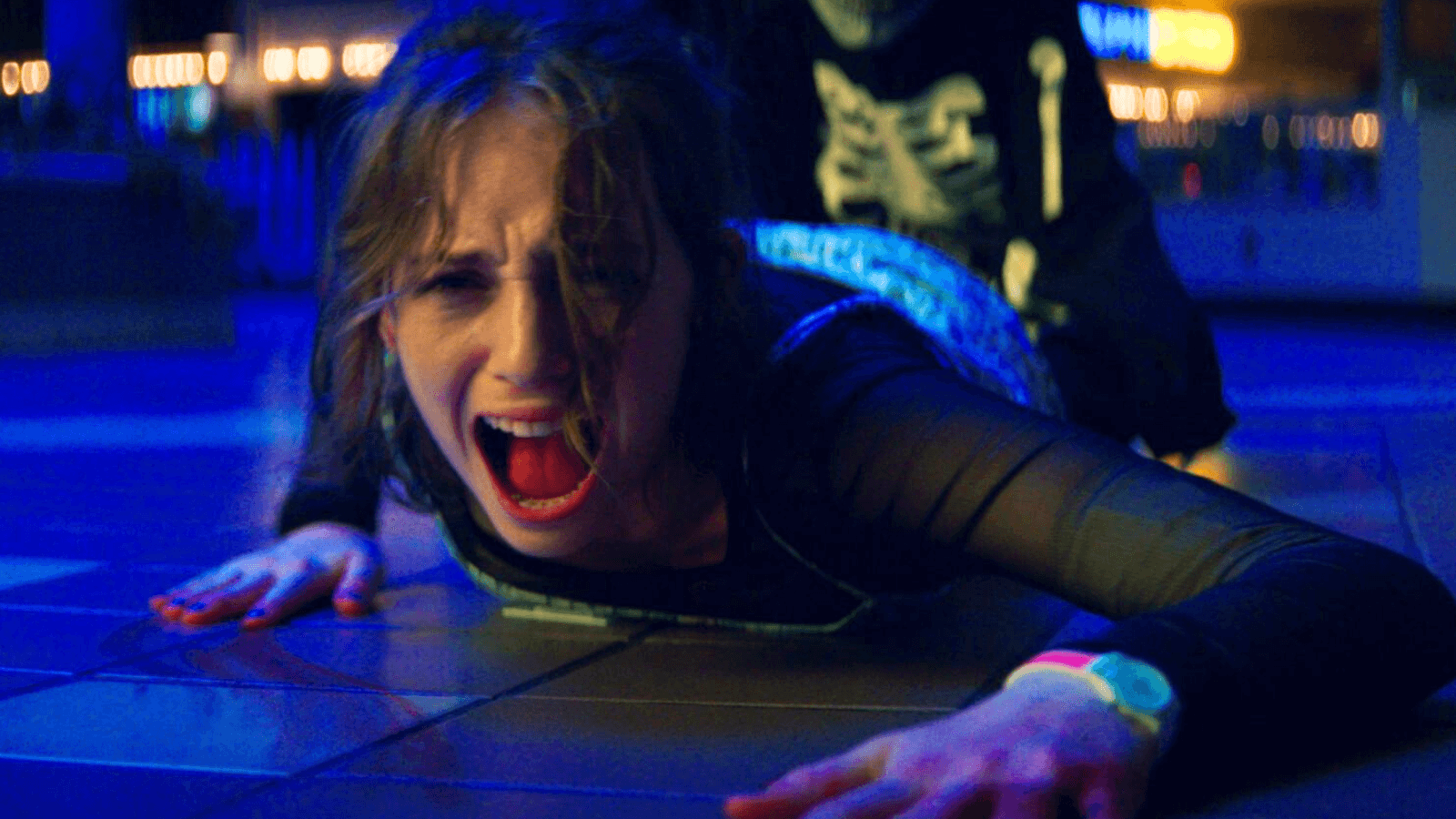
Fear Street Part One: 1994
By Brian Eggert |
Netflix’s deliriously entertaining Fear Street series blends the narrative structure of a slasher movie with the release plan of a television miniseries for an unconventional trilogy. The movies resist categorization as young adult material by leaning into the horror genre, delivering a gory, hard-R presentation that only alleviates its tension with self-aware humor. Steeped in 1990s nostalgia, the first installment, Fear Street Part One: 1994, stands as a fast-paced and effortless start. It’s a nimble yarn directed and co-written by Leigh Janiak, who draws inspiration not only from R.L. Stine’s exhaustive series of Fear Street books but also popular horror cinema. Janiak embraces her clear love of Wes Craven’s A Nightmare on Elm Street and Scream franchises, complete with conspicuously absent parents, a deep-seated local mythology, and a rising body count of dead teenagers. The series, released in July 2021, with each installment dropping one Friday after another over three weeks, weaves together original stories that become more involved in an overarching narrative with each subsequent entry, making them difficult to consider as stand-alone features. Still, 1994 accomplishes much, establishing the key themes that will appear in the two sequels, 1978 and 1666, while also delivering a thoroughly absorbing trilogy greater than the sum of its parts.
Stine’s series of short books began in 1989, with the Fear Street brand’s first entry, The New Girl, offering a slightly more mature and graphic young adult precursor to the author’s Goosebumps series. Stine wrote a staggering number of books in the Fear Street series, north of 50 and counting, with dozens more in the various Fear Street offshoots, spinoffs, and miniseries. Admittedly, I never jumped on the Stine bandwagon as a young person, perhaps because I didn’t have anyone monitoring or censoring my reading habits or ensuring my selections were age-appropriate (thank goodness). My introduction to horror came in the form of Stephen King, H.P. Lovecraft, Alvin Schwartz, and a series of short story volumes attributed to Alfred Hitchcock. But viewers need no familiarity with Stine’s books to enjoy the movies; though, as my wife, who was an obsessive reader of the Fear Street books as a kid, will attest, Janiak and cowriter Phil Graziadei have embedded references throughout that will delight those well-versed in his series.
Before tackling the Fear Street trilogy, Janiak had built a respectable résumé directing horror-centric movies and television episodes of several genre series. After acquiring a doctorate in Modern Jewish Literature, she moved to Hollywood to work for various production companies, reading scripts and developing projects before resolving to write and direct her debut feature for Magnolia Pictures. Teaming with her longtime friend Phil Graziadei, they wrote and Janiak helmed the low-budget movie Honeymoon (2014), starring Rose Leslie and Harry Treadaway, an isolating look at relationship dynamics and body horror. She continued making strides with episodes of TV’s Scream series, Outcast, Panic, and The Staircase before landing the Fear Street films. The series had been in development since the 1990s, first with Hollywood Pictures and then the production company Chernin Entertainment, which planned the series for its distributor, 20th Century Fox. The general goal was to adapt Stine’s popular books into a long-running franchise on par with Scream, with the first three productions shooting back-to-back in 2019 for release the following year.

However, after Disney purchased Fox in 2019, Chernin was forced to seek a new distributor and soon landed a deal with Netflix to handle the trilogy’s release in 2021. Netflix, of course, opted to skip the intended theatrical release plan and debut the trilogy on their streaming platform. Yet, the initial concept of a trilogy released theatrically over three consecutive weeks, or even three months, would have been an inspired form of distribution. In 2024, Lionsgate’s reboot of The Strangers series attempted something similar with a new trilogy, which was also shot back-to-back, though the release schedule has the first chapter arriving in 2024 and second two in 2025. Lionsgate’s version of the Fear Street concept proved dead on arrival, at least in creative terms, though it’s a financial winner. The Strangers: Chapter 1 earned over $40 million at the box office on a $8.5 million budget, suggesting that Fear Street might have earned Netflix a hefty payday, even if they had opted for their usual limited theatrical release plan. Then again, Fear Street hit Netflix in summer of 2021, a time when the box-office was still rocky and the COVID-19 pandemic was still hanging on, so its commercial prospects may have struggled.
In any case, 1994 establishes the pointed world of Stine’s creation, where themes of darkness and light, evil and innocence, curses and enchantments, and poverty and privilege seem to guide every citizen of the two central neighboring towns, Shadyside and Sunnyvale. Whereas the latter is a safe suburban dream straight out of a John Hughes movie, the former is a hopeless, dilapidated town, with a reputation for producing killers throughout its checkered history. Many of Shadyside’s citizens question their town’s disturbing legacy and whether it stems from bad luck or a curse passed down from a colonial-era witch named Sarah Fier, who was hanged (spoiler alert: it’s the witch, sort of). The curse’s origins remain central to Janiak and Graziadei’s overarching story, though each film occupies a distinct mode and horror subgenre. In its ‘90s supernatural slasher setup, 1994 has the most fun with its concept, before the sequels become increasingly serious about the mythology driving these narratives.
Within the first minutes of 1994, the movie’s world-building and nostalgia might overload the viewer. The title sequence alone charts a history of disturbing Shadyside murders, ranging from a warped pastor to a baseball-bat-wielding child, from a crazed milkman to a burlap-masked axe-murderer. The soundtrack is filled with alternative ‘90s hits. Having survived the era, the effect worked for me, even if the sometimes overlapping needle drops from Nine Inch Nails, Portishead, Garbage, Bush, Radiohead, Prodigy, and Cypress Hill become distractingly frequent. After an inspired pre-credits sequence in a mall, where Maya Hawke suffers a fate similar to that of Drew Barrymore in Scream (1996), the movie introduces Shadyside native Deena (Kiana Madeira), a broken-hearted teen whose ex-girlfriend from Sunnyvale, Sam (Olivia Scott Welch), just ended their relationship due to social pressure. Supported by her nerdy younger brother Josh (Benjamin Flores Jr.), an expert in Shadyside lore thanks to an AOL chatroom on the subject, Deena also relies on friends Kate (Julia Rehwald) and Simon (Fred Hechinger)—a class valedictorian who sells drugs and a quippy outsider who supports his entire family with a lowly grocery store job, respectively.
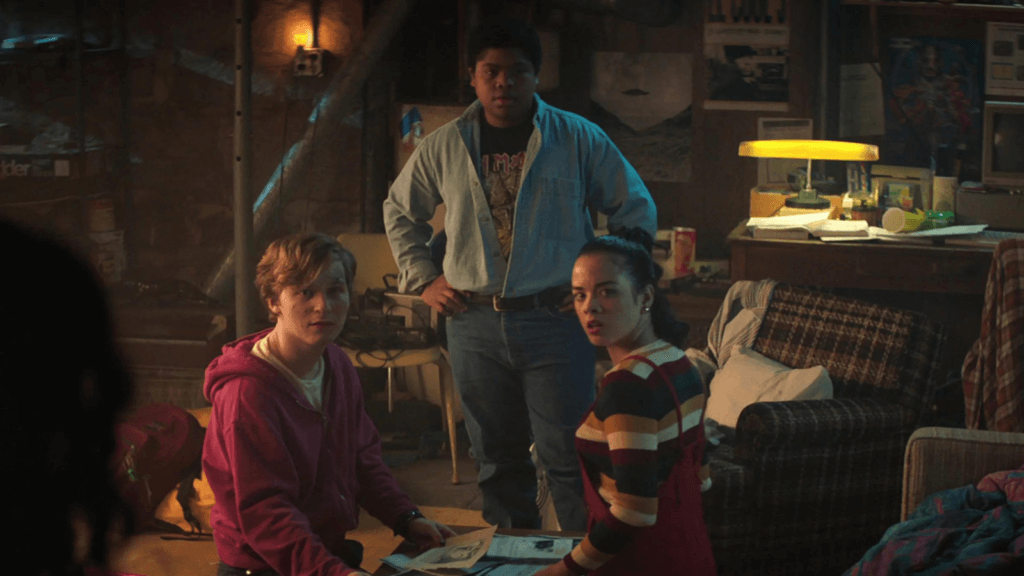
The story kicks in when the absurdly intense rivalry between Shadyside and Sunnyvale—you’ve never seen such passionate local pride—prompts a car accident, sending Sam and her new boyfriend into the woods, where Sam sees flashes of Sarah Fier. From that moment onward, Sam’s blood compels a trio of supernatural killers from beyond the grave, each cursed by Fier in the distant past, to hunt and slaughter Sam or anyone sprayed with her blood. Deena and company resolve to help, playing cat-and-mouse with their demonic pursuers in a hospital, their high school, and a supermarket. The young actors work off each other splendidly, particularly Madeira and Rehwald, whereas Hechinger’s odd, can’t-quite-put-my-finger-on-it quality continues to distract. This otherwise likable bunch, their soapy interpersonal drama, and the fast-paced storytelling maintain a breakneck and escapist momentum, effectively laying the groundwork for the two sequels while building characters we care about. What’s also effective about 1994 is how Janiak preserves Deena’s inner circle until the climactic sequence in a grocery store, where Deena must temporarily kill Sam to stop three specter-like killers. There, a couple of her friends meet gnarly ends, such as an unforgettable all-timer with a bread slicer.
Perhaps their original home at Fox is why the Fear Street movies look better than the average Netflix productions, which tend to have a produced-for-the-small-screen look (unless Netflix acquires a finished film at a festival). Janiak and cinematographer Caleb Heymann create a distinct, faux-’90s aesthetic, which isn’t so much representative of the decade but serves as a heightened version, looking back through a modern lens. Neon lights and endless references to the era’s pop culture saturate the material, sometimes distractingly so. In other realms, style takes over. Having been slightly younger than the age of the characters when the film takes place, I don’t recall my local grocery stores glowing with pink and blue hues, nor did my high school look as green as the one here. To be sure, Heymann imbues the material with an exaggerated use of lighting hues, recalling the expressive look of Dario Argento’s Suspiria (1977). The colors lend a certain archness to the presentation, hitting viewers within the first few minutes with a sensory overload of color and visual references that never let up, thanks to production designer Scott Kuzio and art director Sean Brennan.
Through the barrage of pop-culture references and plot information, 1994 can seem rushed after a single viewing, leaving questions about Sarah Fier and what comes next unanswered. Upon its release, viewers had only a week to wait before learning more, while today’s Netflix subscribers don’t have to wait at all. But this first episode in the series is even better after consuming 1978 and 1666, since the viewer will notice how many breadcrumbs Janiak has placed, reinforcing the trilogy’s eventual full-circle structure. An early scene in 1994 that observes Sheriff Goode (Ashley Zukerman)—who is, in fact, not good—standing in front of an indoor tree in Shadyside Mall hints at things to come and becomes crucial later. If 1994 doesn’t fully work as a stand-alone release, it’s not designed to. Janiak has delivered some ‘90s-inspired horror delight that, combined with the visually energetic treatment, proves sublimely diverting in its spry energy and mythology. And after the two sequels, 1994 becomes an even more vital component of the larger whole.
(Note: This review was originally suggested and posted to Patreon on October 24, 2024.)
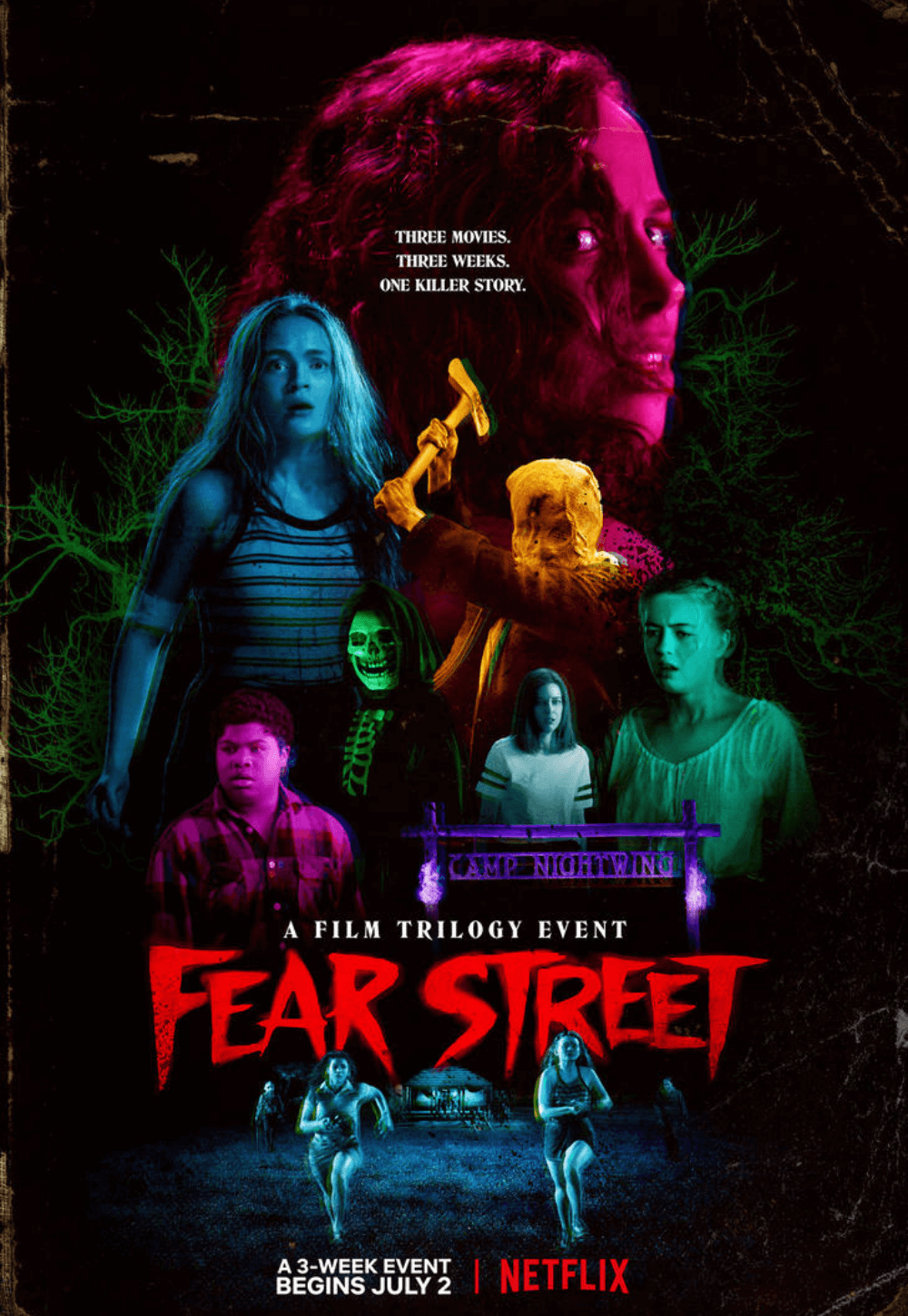
Unlock More from Deep Focus Review
To keep Deep Focus Review independent, I rely on the generous support of readers like you. By joining our Patreon community or making a one-time donation, you’ll help cover site maintenance and research materials so I can focus on creating more movie reviews and critical analysis. Patrons receive early access to reviews and essays, plus a closer connection to a community of fellow film lovers. If you value my work, please consider supporting DFR on Patreon or show your support in other ways.
Thank you for your readership!
Brian Eggert | Critic, Founder
Deep Focus Review


